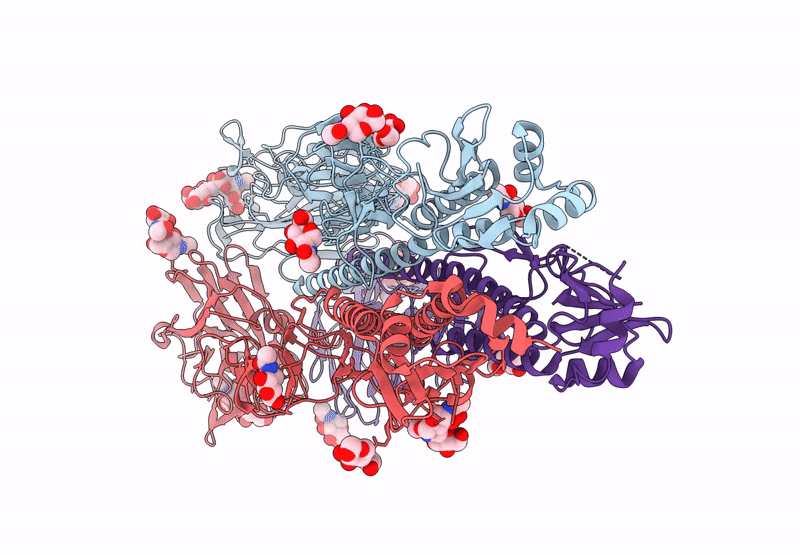
Deposition Date
2024-09-22
Release Date
2025-01-22
Last Version Date
2025-07-23
Entry Detail
PDB ID:
9JN0
Keywords:
Title:
Cryo-EM structure of a human-infecting bovine influenza H5N1 hemagglutinin complexed with human receptor analog LSTc
Biological Source:
Source Organism:
Influenza A virus (A/Indonesia/5/2005(H5N1)) (Taxon ID: 400788)
Host Organism:
Method Details:
Experimental Method:
Resolution:
2.84 Å
Aggregation State:
PARTICLE
Reconstruction Method:
SINGLE PARTICLE


